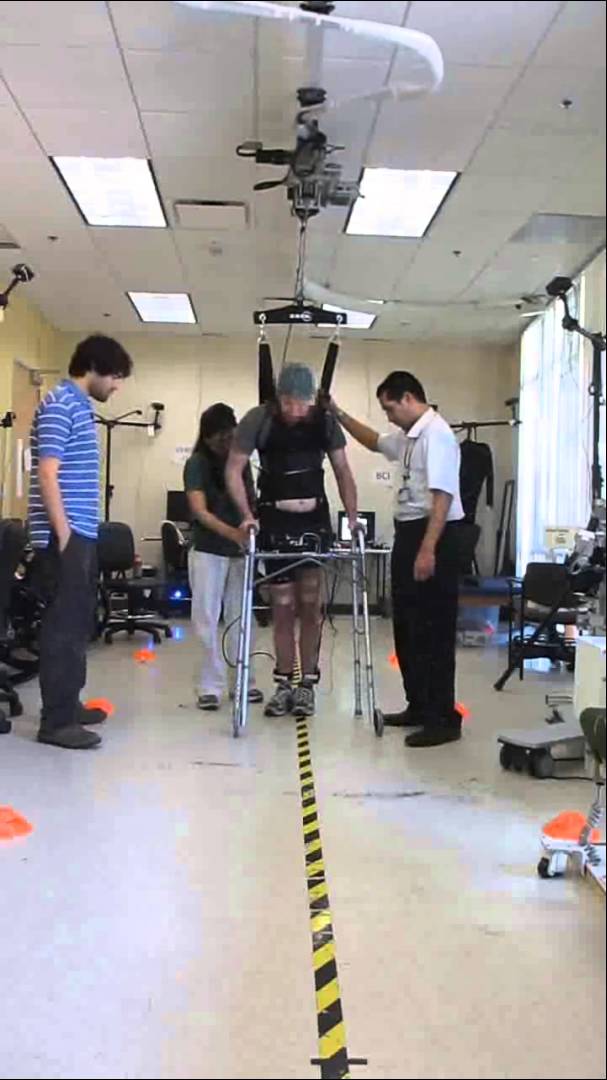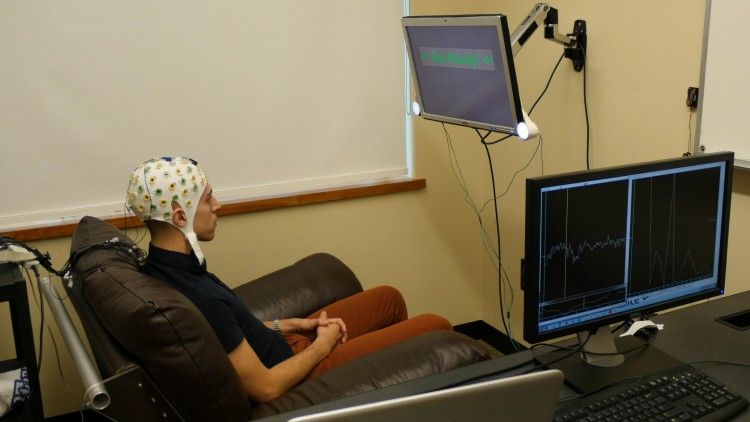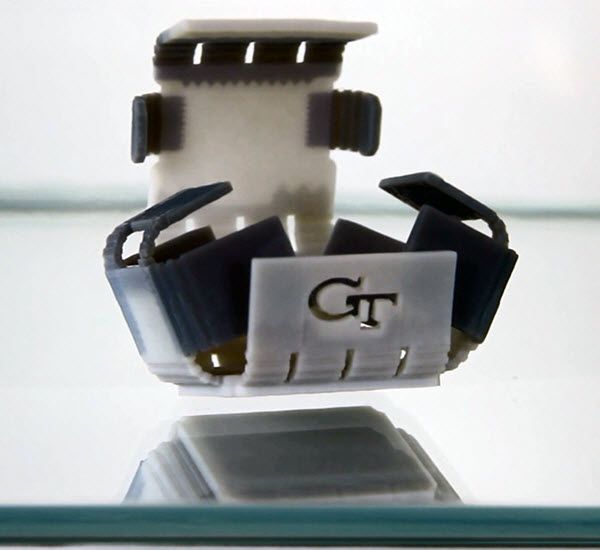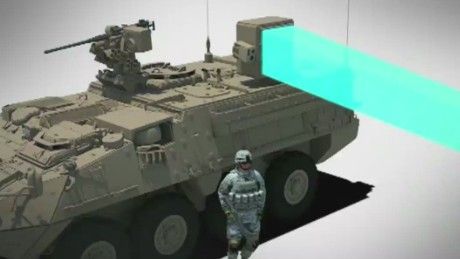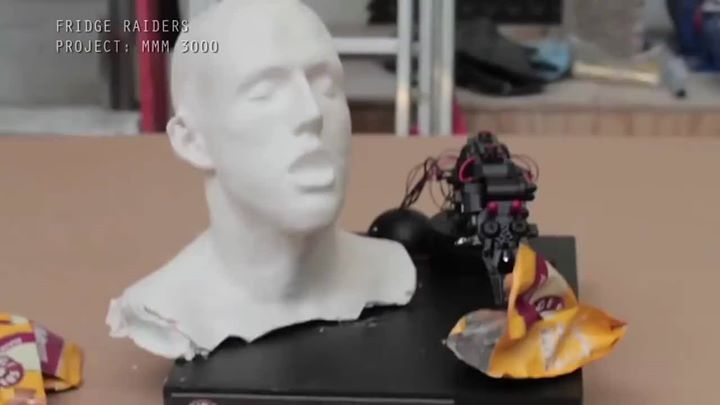Sep 25, 2015
Watch: Paralysed man walks again via brain waves rerouted to his legs
Posted by Shailesh Prasad in categories: biotech/medical, computing, neuroscience
A paraplegic man who was paralysed for five years has walked again on his own two feet, thanks to a new kind of brain-computer interface that can reroute his thoughts to his legs, bypassing his spinal cord entirely.
The anonymous man, who experiences complete paralysis in both legs due to a severe spinal cord injury (SCI), is the first such patient to demonstrate that brain-controlled overground walking after paraplegia due to SCI is feasible.
Continue reading “Watch: Paralysed man walks again via brain waves rerouted to his legs” »
